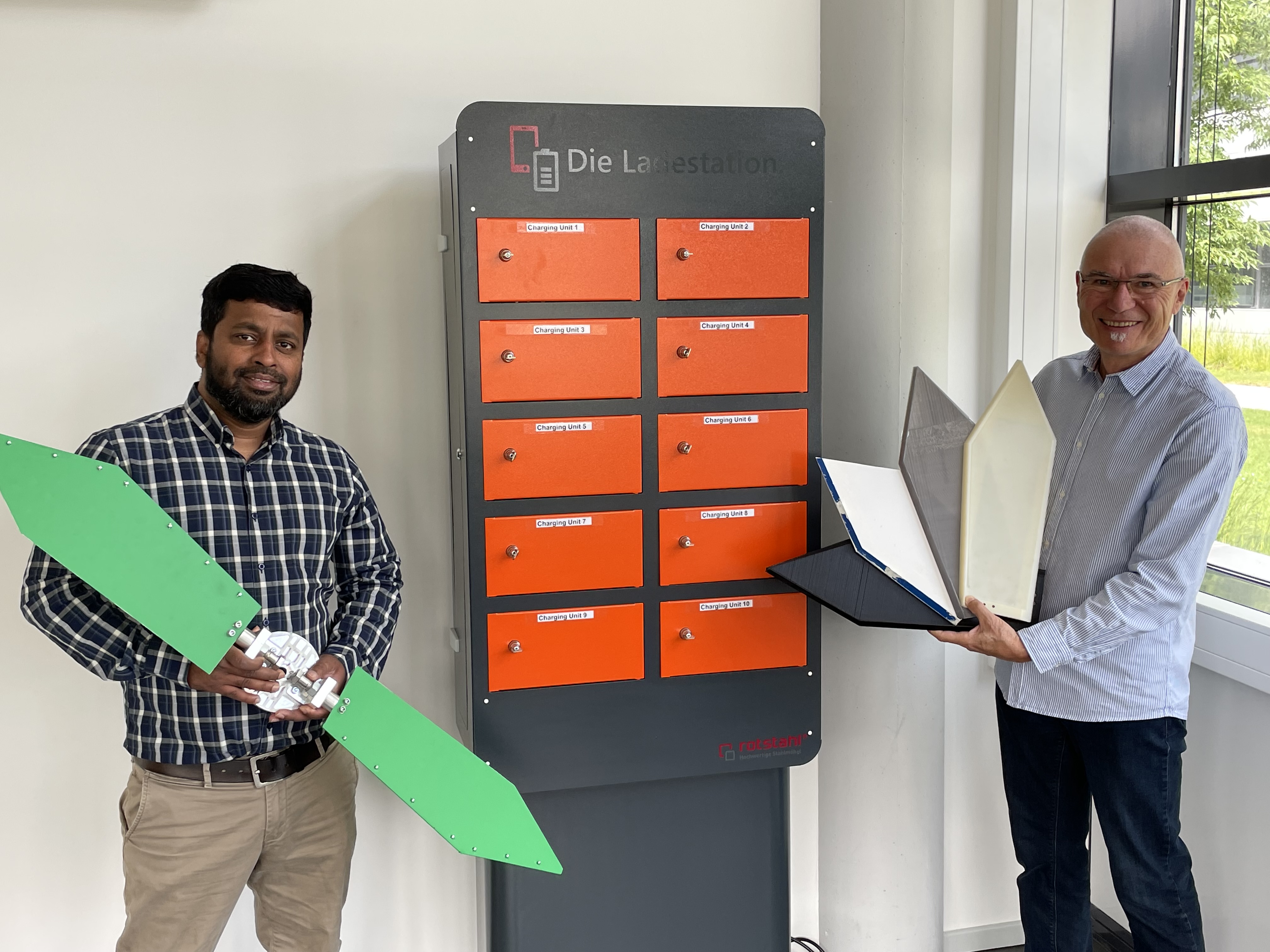WKA-BIOROT
Windkraftanlage mit biomimetischen Rotorblättern
Future Wind Energy Turbine Inspired by Maple Samara Seeds
‘WKA-BIOROT’ is an innovative research project aimed to develop a new type of rotor blade based on maple samara seeds for small scale wind turbines with power output up to 1 kW. With stricter CO2 emission regulations, a transition to renewable energy sources is necessary to reduce CO2 emissions and fulfill the energy demands of the future. This has led to an increase in development and investment in wind energy, as it provides a cost-effective and sustainable approach. Modern wind energy systems obtain electrical energy by harnessing wind energy through wind turbines, which are categorized into Vertical Axis Wind Turbines (VAWT) and Horizontal Axis Wind Turbines (HAWT).
Have a look into the project here.
With the increase in wind energy demand, new approaches have been investigated. One of which is looking into naturally occurring examples as inspiration to optimize wind turbine designs. This field of research is called Biomimetics. Optimization of wind turbines relies greatly upon the design of the rotor blades, as it produces the rotational motion due to drag and lift. A naturally occurring example of a design that produces high lift is the morphological properties of maple samara seeds, which advantageously influence their autorotation. These properties include the aspect ratio, roughness, leading edge size and angle of attack. High lift is achieved during autorotation due to the generation of a stable leading edge vortex.
First funding period
The ‘WKA-BIOROT’ project was initially financed by the HSRW Seed Fund program in 2018. With the means of this funding, a small 600-W conventional wind turbine was installed and commissioned at the HSRW campus in Kleve on the roof of Building 5. The generated wind energy is stored in a battery bank in the ground floor, and is connected to a smartphone charging station in the entrance hall of Building 5 (see picture). This charging station is available without cost for all HSRW students and staffs. Later this year, this project was combined with a doctoral research in collaboration with University of Groningen, Netherlands. The fundamental objective of this research project is to further optimize the patented HSRW biomimetic rotor blade. This doctoral research was also financially supported by the HSRW scholarship program until April 2021.

Md Sawkat Hossain, M.Sc. (left) and Prof. Dr.-Ing Joachim Gebel
Current funding period
In January 2021, the ‘WKA-BIOROT’ project has been selected for a new grant for three years from the Stiftung Energie Forschung Baden-Württemberg (www.sef-bw.de). This research foundation is a non-profit organization under public law based in Karlsruhe. It was founded in 1989 by the four predecessor companies of EnBW AG and the state of Baden-Württemberg. Today, SEF is managed by EnBW AG with its capital of around € 25.6 million.
SEF supports research, development and demonstration projects in the fields of renewable energies, rational use of energy and the energy industry in general. There is particular interest in the creation of an equally sustainable, secure and economical energy supply and strengthening of the corresponding research activities at German universities and research institutes. ‘WKA-BIOROT’ is a perfect match with the goals of SEF. The objectives of the ‘WKA-BIOROT’ research project are:
- Aerodynamic optimization of the biomimetic rotor blades in a wind tunnel, i.e. maximizing the torque generated by the rotor blade.
- Development of a new power transmission system - rotor blades - gearbox - generator, i.e. loss-free transmission of the torque by means of a gearbox to the generator.
- Development of a new control system for the conning angle and angle of attack, i.e. maximizing the torque generated by the rotor blade as a function of the wind speed.
- Development of a process for the simple and inexpensive production of biomimetic rotor blades, i.e. production of mechanically stable biomimetic rotor blades.
- Design and construction of a complete wind power plant with an output of approx. 1 kWel, i.e. increasing the efficiency through field tests with a wind turbine of a market-relevant scale.

